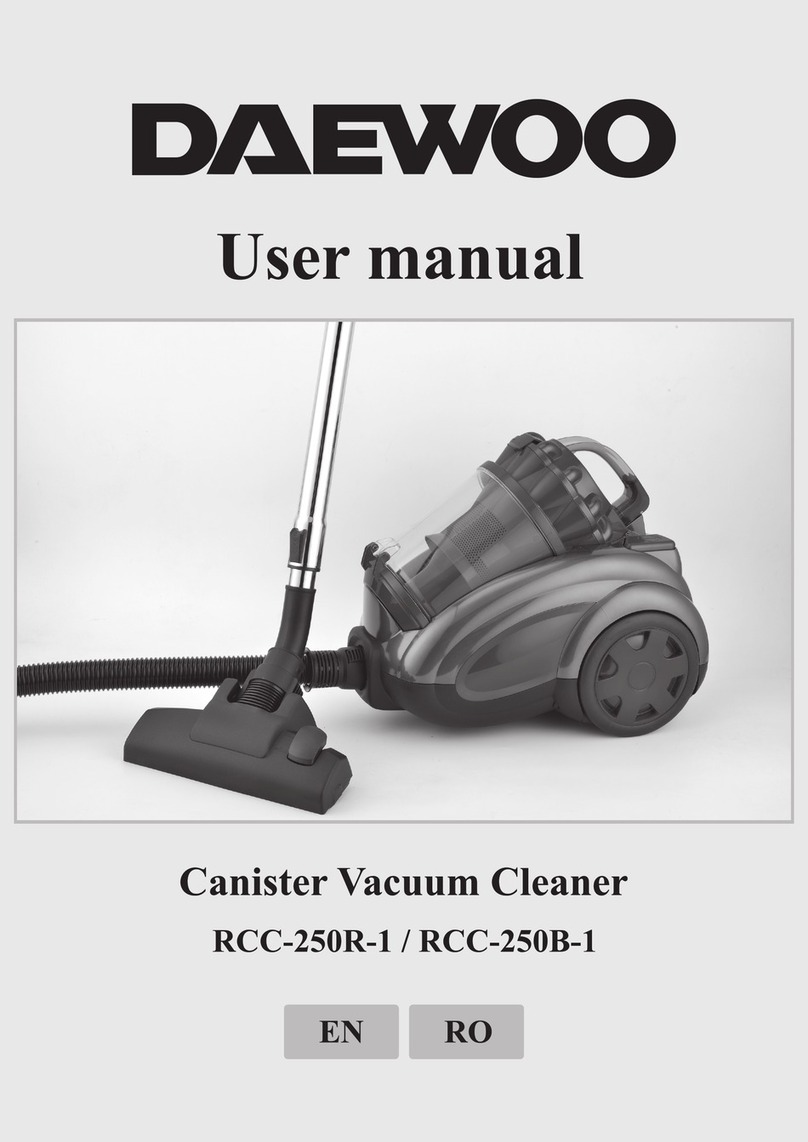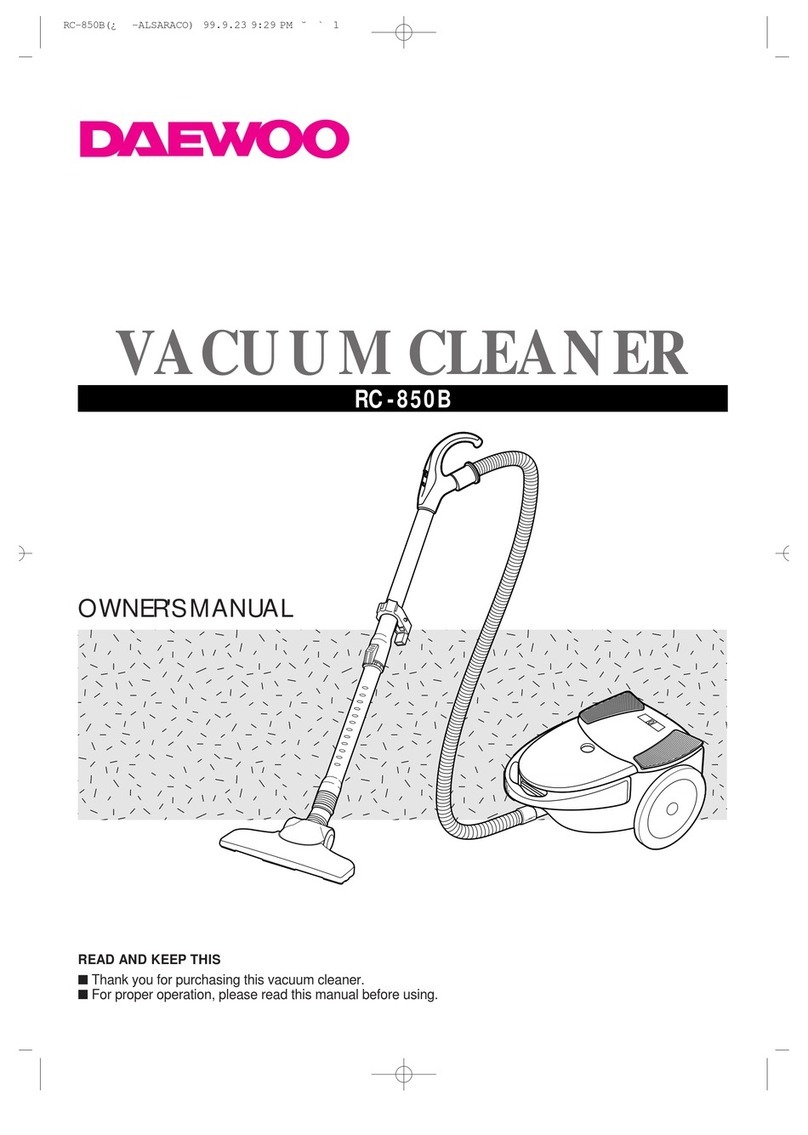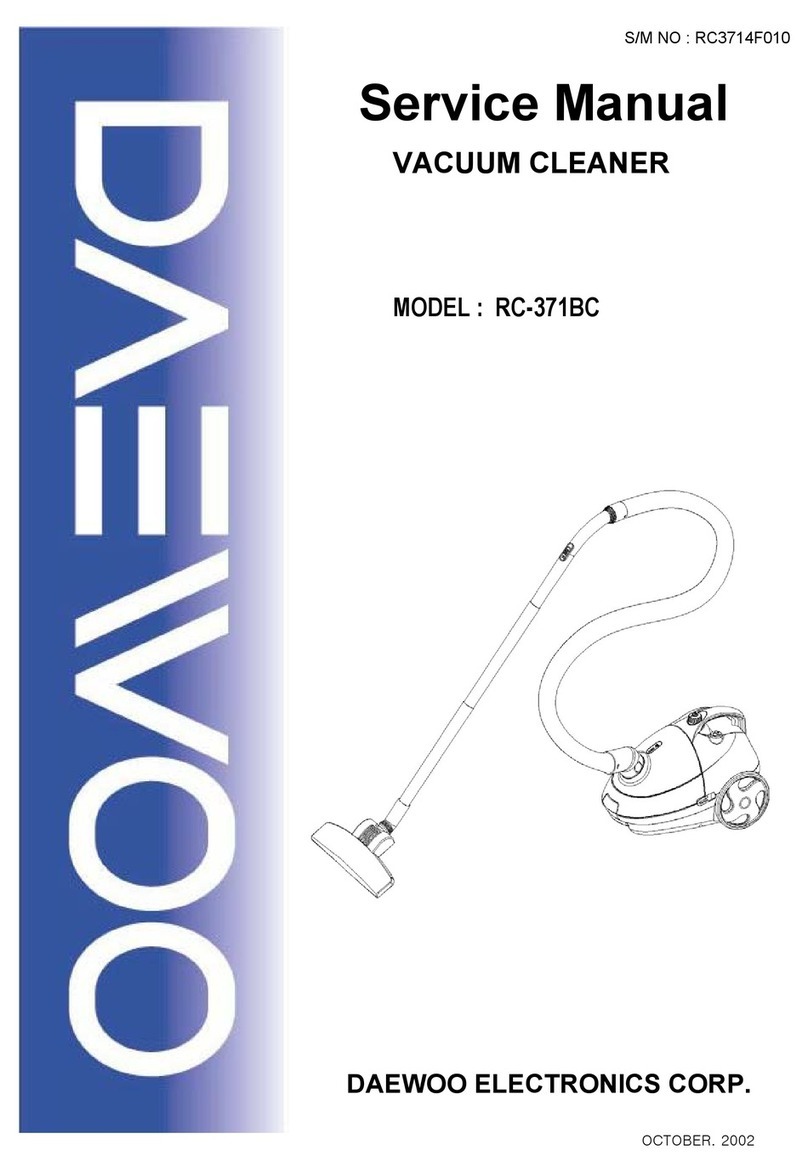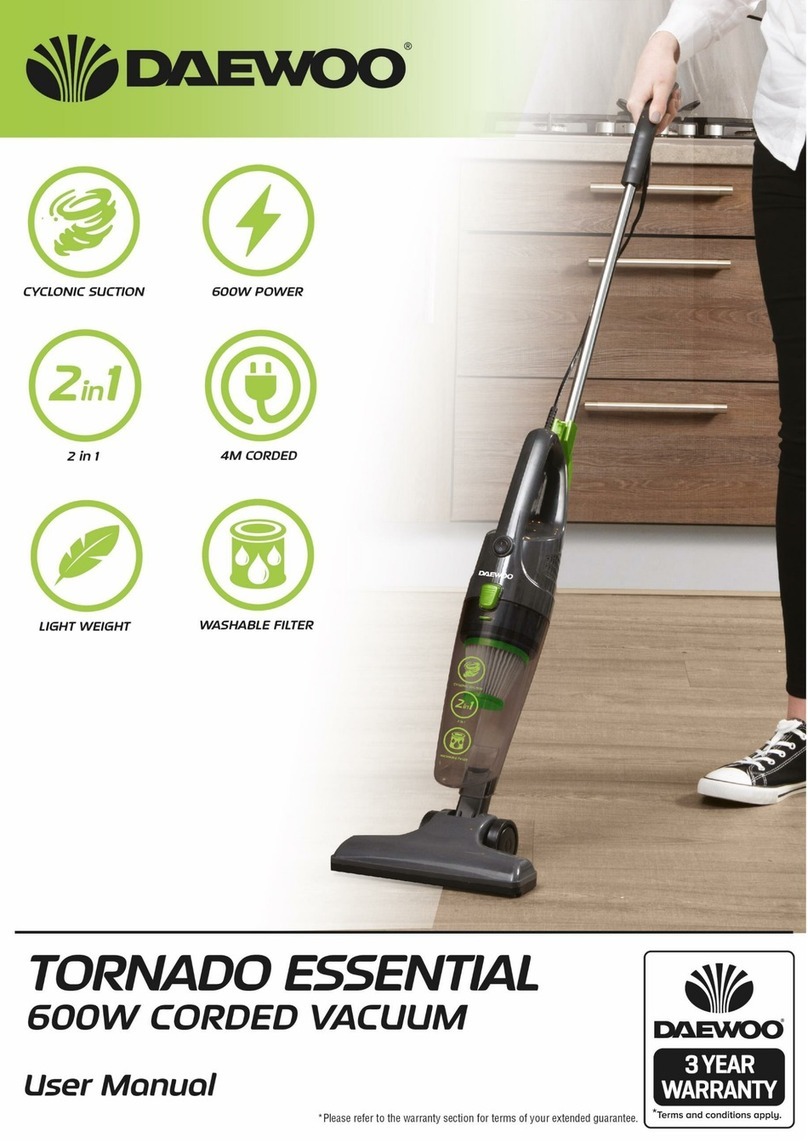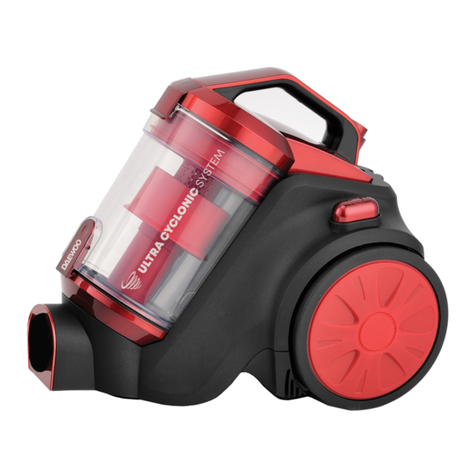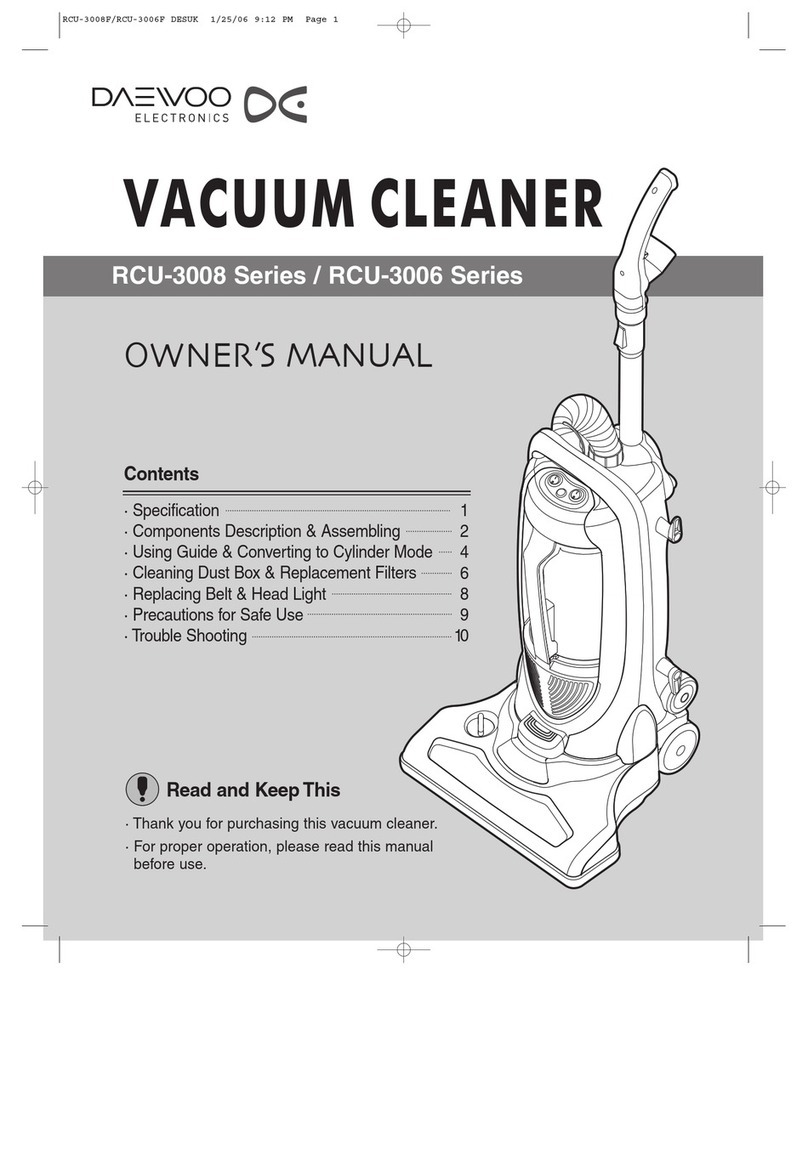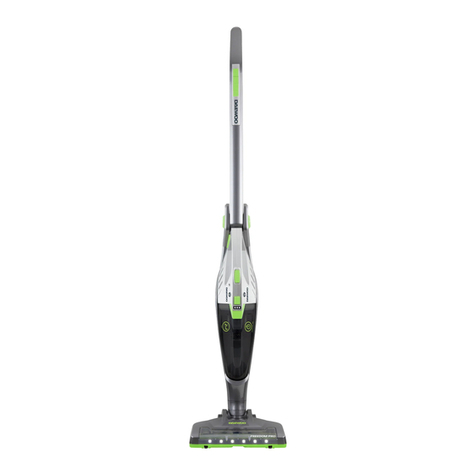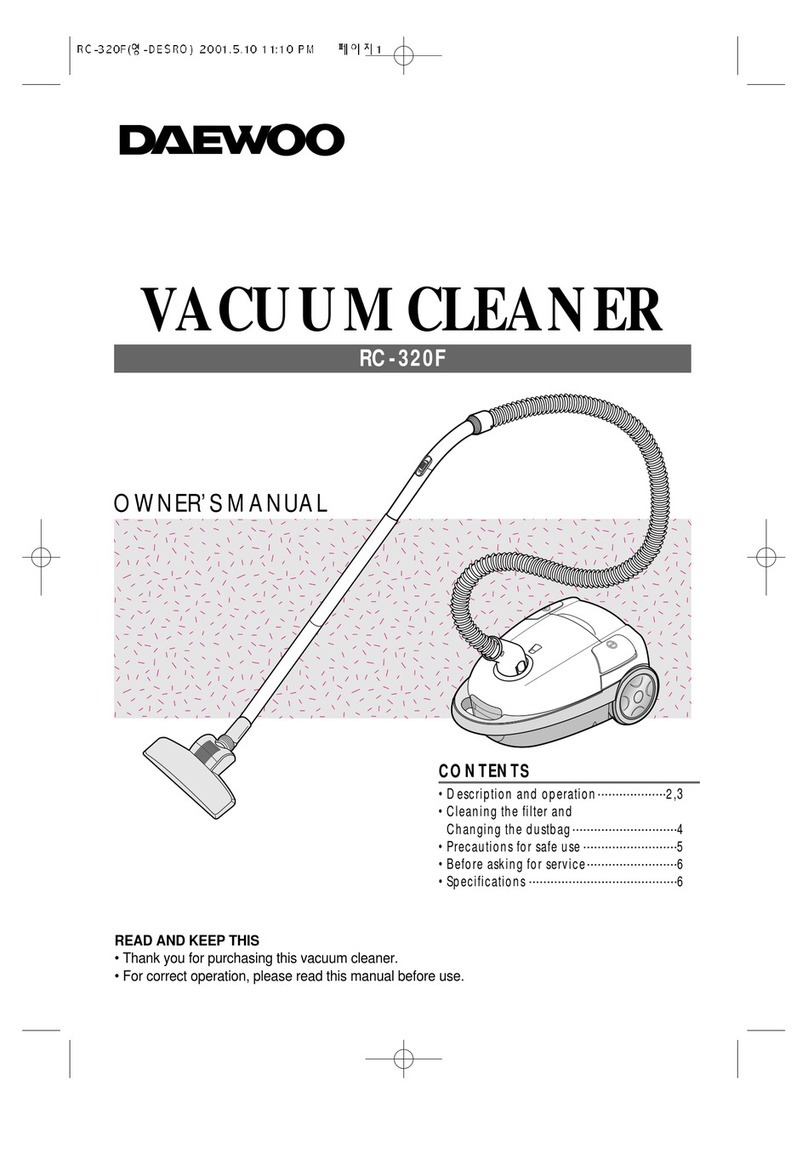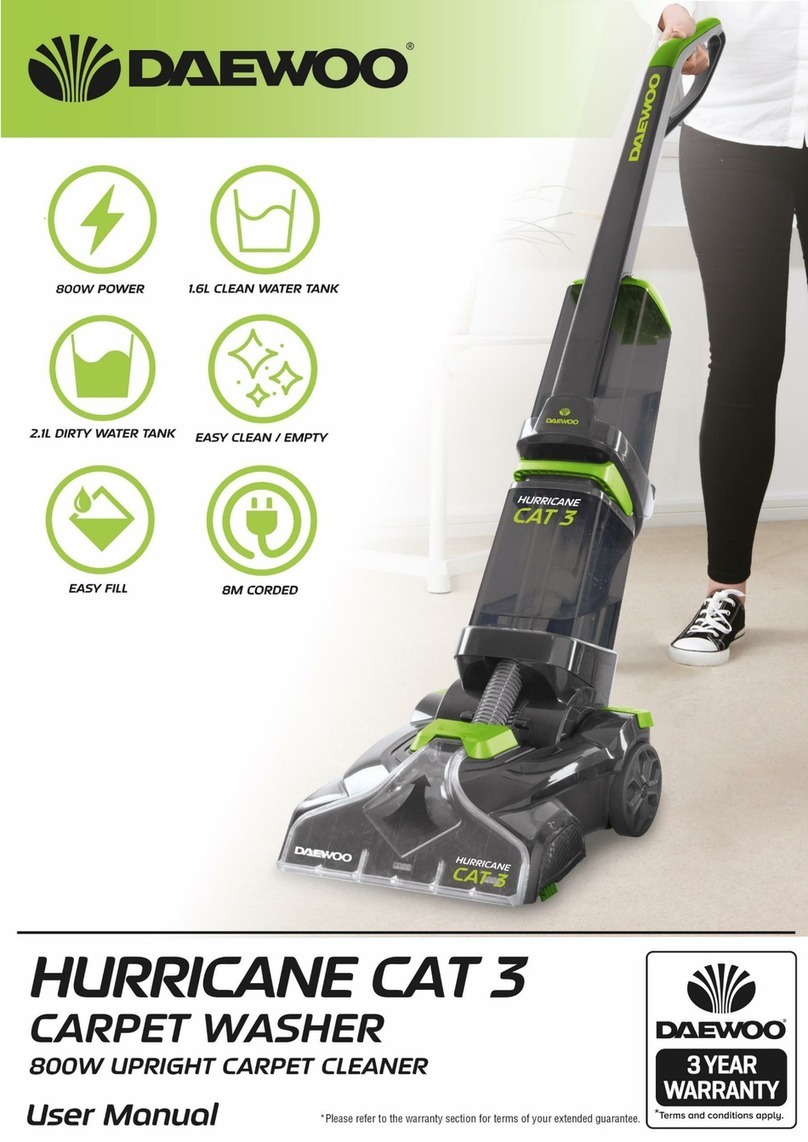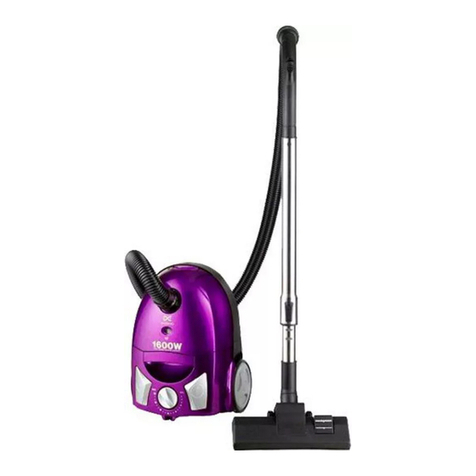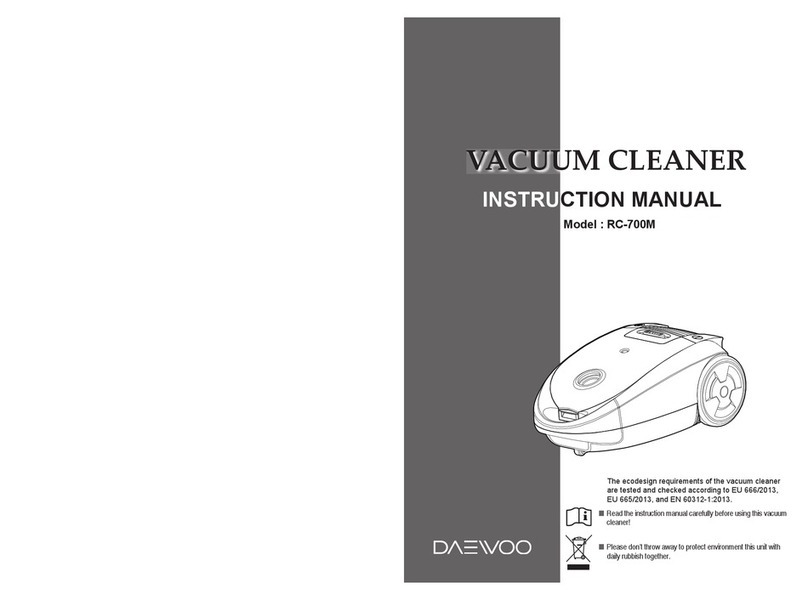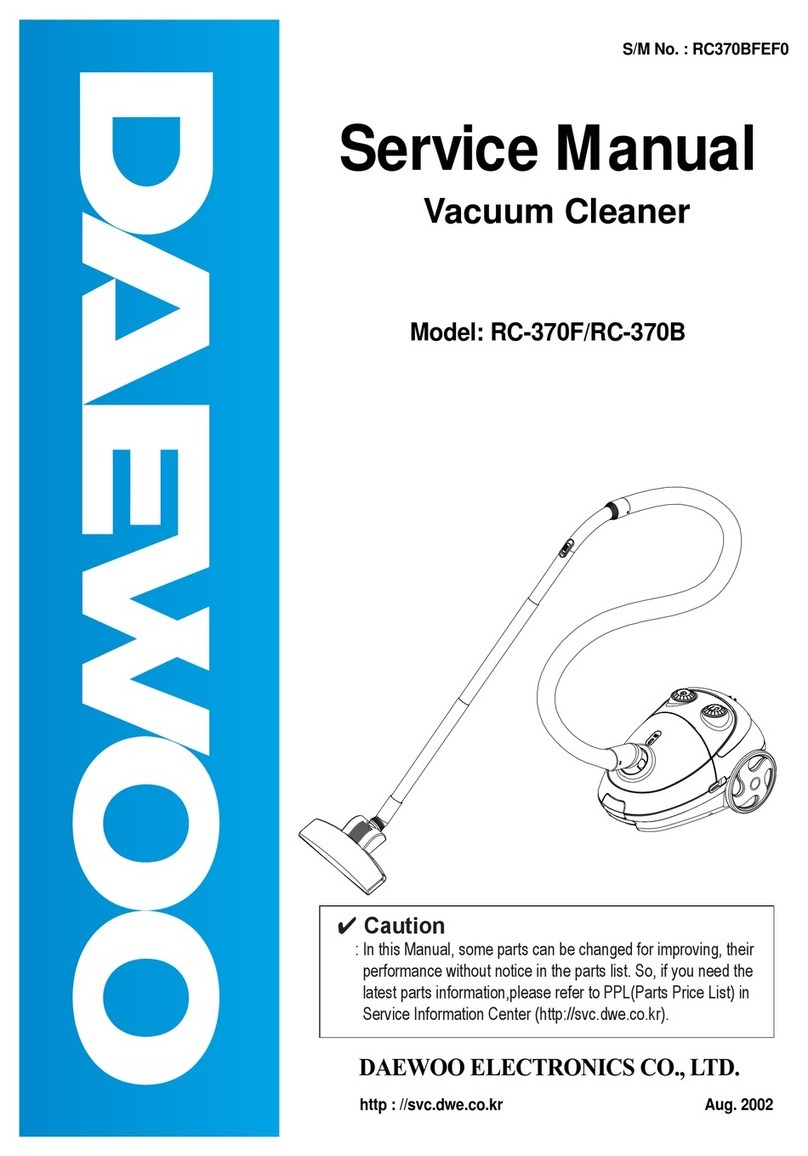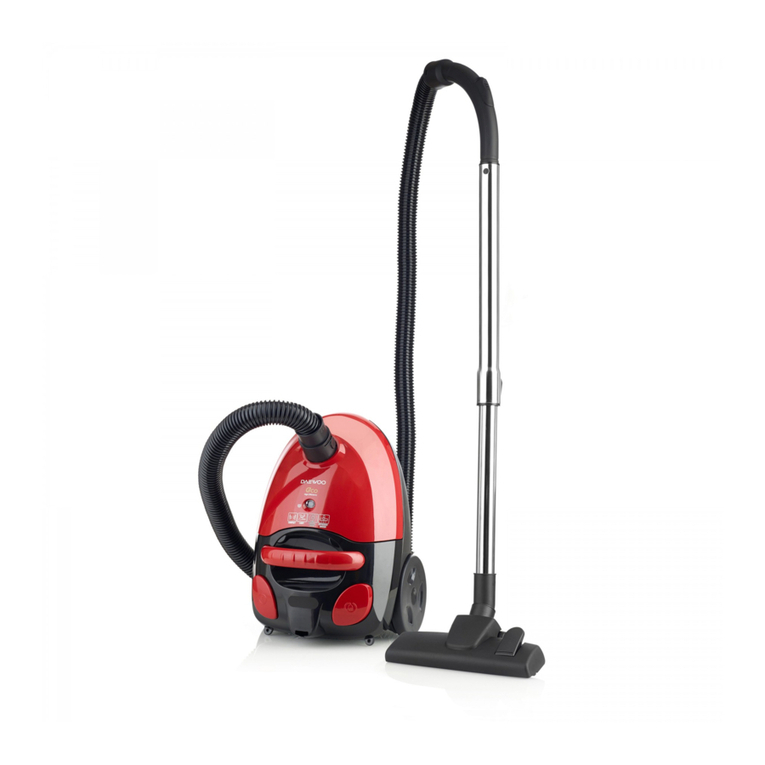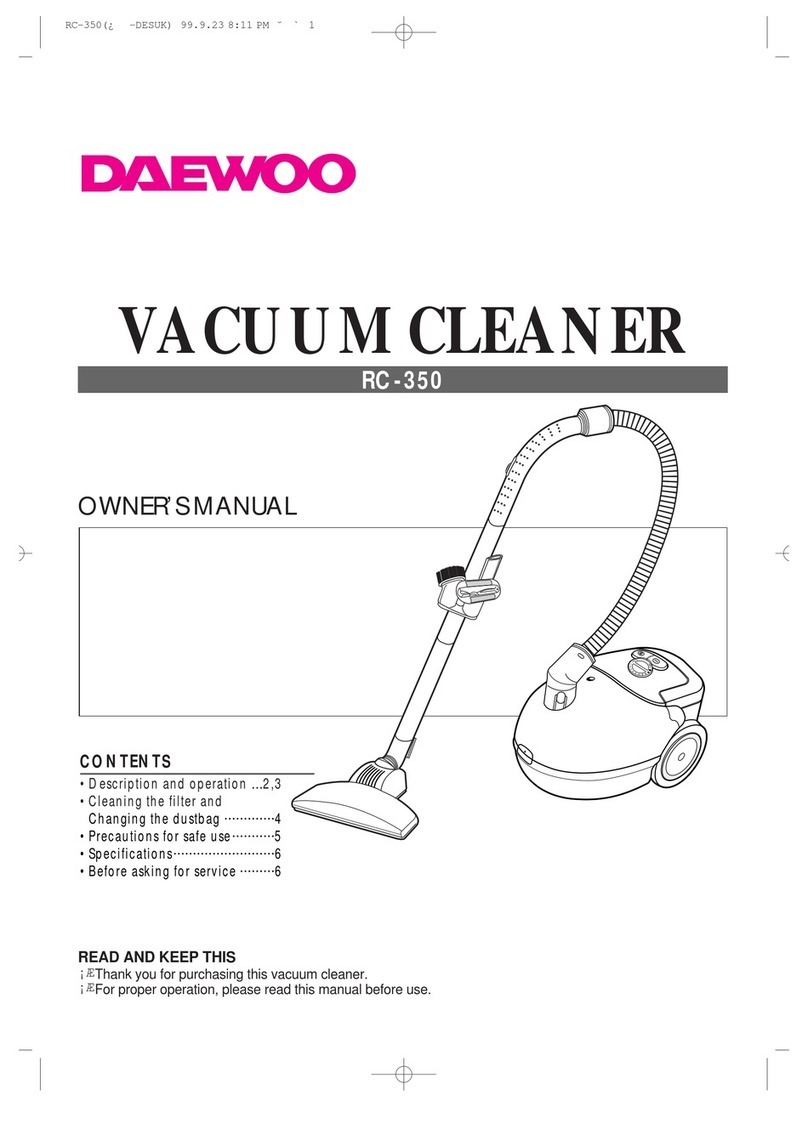
EN
4
STORAGE
• Store in an upright position
• Store in a dry place
• Store out of reach of children
• Ensure the appliance is not plugged-in during storage
INTENDED USE
• Use only as instructed in this manual. The use of any accessory or opera-
tion with this appliance other than those recommended in this instruction
manual may have the risk of personal injury.
• Use this battery-operated appliance only for cleaning moist, smooth
surfaces such as windows, mirrors, or tiles.
• It is not recommended to use the appliance on surfaces that can be
easily scratched such as wood, steel, varnished and high glossy surfaces,
otherwise it will damage the rubber lips.
• Only use this appliance with conventional window cleaner (no spirit, no
foam), otherwise leakage may happen from air vents. If this happens,
stop the appliance immediately.
START UP
• Before you start, unpack the product, remove all protective cartons, and
make sure no accessories are missing and none of the package have
been damaged (Fig. 1).
• Attach the suction nozzle to the main unit until it snaps in place (Fig. 2).
• Assemble the sprayer and wipe bre and add detergent/window cleaner,
water into sprayer tank (Fig. 3, 4 and 5).
• Charge the battery of appliance for 3 hours before use (Fig. 6).
• After fully charging the appliance, the operating time of the appliance is
about 30 minutes.
INSTRUCTIONS
• Apply detergent/window cleaner on the windows surface evenly (Fig.
7-2).
• Rub and loosen the dirt on window using the wipe bre (Fig. 7-3)
• Prior to use, make sure the squeegees are clean.
• Turn the appliance on and move the appliance from top to bottom of
window (Fig. 8) and vacuum up the detergent/window cleaner.
• Hard to reach areas can be vacuumed vertically or horizontally.
